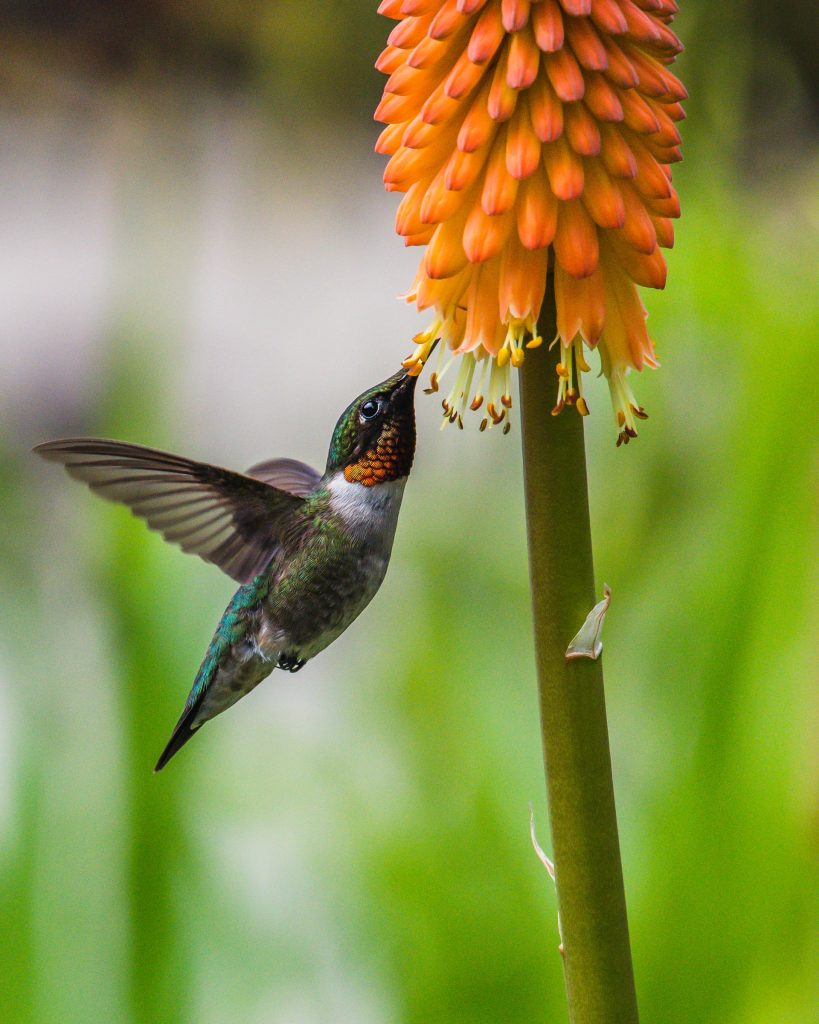
It’s true–if you plant it they will definitely come. What will come? Hummingbirds! In addition to delighting you, they will be a great learning opportunity for your kids. Here’s a list to get you started:
Hummingbird Favorites
- Trumpet Honeysuckle (Lonicera sempervirens)
- Black and Blue Salvia (Salvia guaranitica) (not a native, but my hummingbirds love it)
- Cardinal flower (Lobelia cardinalis)
- Beebalm (Monarda didyma)
- Beardtongue (Penstemon digitalis)
- Wild Columbine (Aquilegia canadensis)
- Indian Pink (Spigelia marilandica)
- Blazing star (Liatris spicata)
- Virginia bluebell (Mertensia virginica)
(Remember why I’ve listed the common name and the scientific name for these plants?)
I often see hummingbirds flying up to my tulip poplar trees, where they prefer to nest. In addition to thrilling us with their acrobatic skills, these little wonders assist in pollinating many natives.
Favorite hummingbird flowers are trumpet shaped and red, orange, and pink, but they will also sip nectar from flowers of most colors. Hummingbirds also eat insects, spiders, and occasionally sap from woodpecker drilling holes.
Hummingbirds will consume sugar-water solutions from bird feeders, but please don’t do this! It’s too easy for the feeders to spread disease—and ants tend to congregate on the feeders. You don’t need feeders to entice them. If you plant their favorite flowers, they will come to your garden.
What else would you like to see in your garden? Butterflies, of course! I currently have Eastern Tiger Swallowtail, Spicebush Swallowtail and Monarch butterflies flitting around in my garden because I added their favorite plants to my property. You can do this too! And they will love you for it.
Butterfly favorites include swamp milkweed, butterfly weed, and coneflower. There are many more. If you want to attract black swallowtails, plant dill and parsley. For Eastern tiger swallowtails, include a tulip tree (Liriodendron tulipifera) on your property. And be sure to include a Spicebush shrub if you like the beautiful Spicebush butterfly.
One of the most thrilling sightings for kids is the Eastern Tiger swallowtail caterpillar. The first time I saw one of these huge caterpillars, I had no idea what it was. I thought it was from outer space!
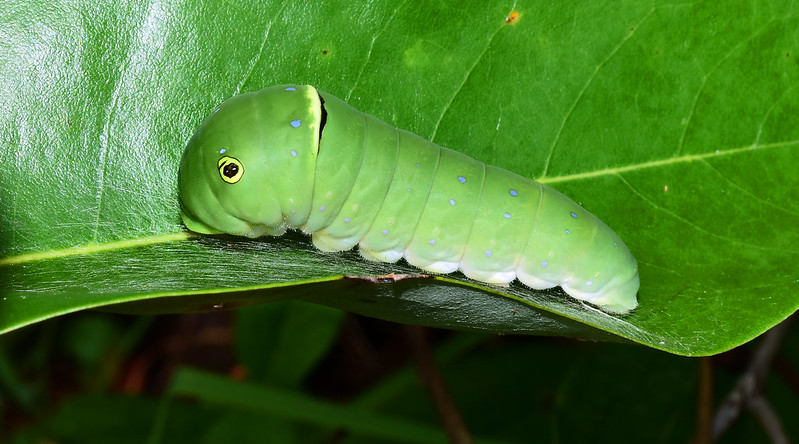
Milkweed is the most important plant you can have in your garden, since it attracts the majestic Monarch butterfly. The milkweeds (swamp milkweed, common milkweed and butterfly weed) are the only host plants for the Monarch. A host plant provides nectar for Monarchs, a place to lay eggs, and nutrition for their caterpillars–complete one stop shopping for these beauties. If you’re really wild about Monarchs and are desperate to have them in your garden, here’s a complete Monarch favorites native plant list for our Mid-Atlantic region.
And don’t get upset if you see the red milkweed beetle appearing on your milkweed. They perform a service by keeping the milkweed from becoming too exuberant.
You may also see the larvae of the milkweed tussock moth on the leaves of your milkweed. Seeing insects on your plants is a good thing. Don’t be tempted to squish, spray or smash insects. We are planting natives to enhance biodiversity, which is needed to preserve ecosystems that help regulate climate. Remember, we need all the insects we can get to help preserve life on Earth. And all these insects are a great teaching opportunity for your kids.
Note: The Monarch should be listed as endangered, but that hasn’t happened yet. In 2020, the U.S. Fish and Wildlife Service said “listing the monarch as endangered or threatened under the Endangered Species Act is warranted, but precluded by higher priority listing actions. The decision is the result of an extensive status review of the monarch that compiled and assessed the monarch’s current and future status. The monarch is now a candidate under the Endangered Species Act; we will review its status annually until a listing decision is made.”
In other words, it’s up to us while they drag their feet. So get out there and plant some milkweed!
Feel free to leave a comment. I would love to hear about your success with attracting hummingbirds and butterflies. Remember, all you have to do is plant it and they will come.


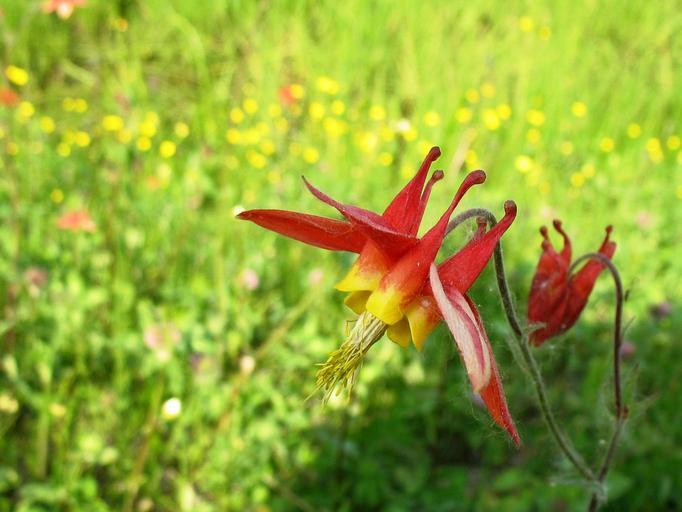
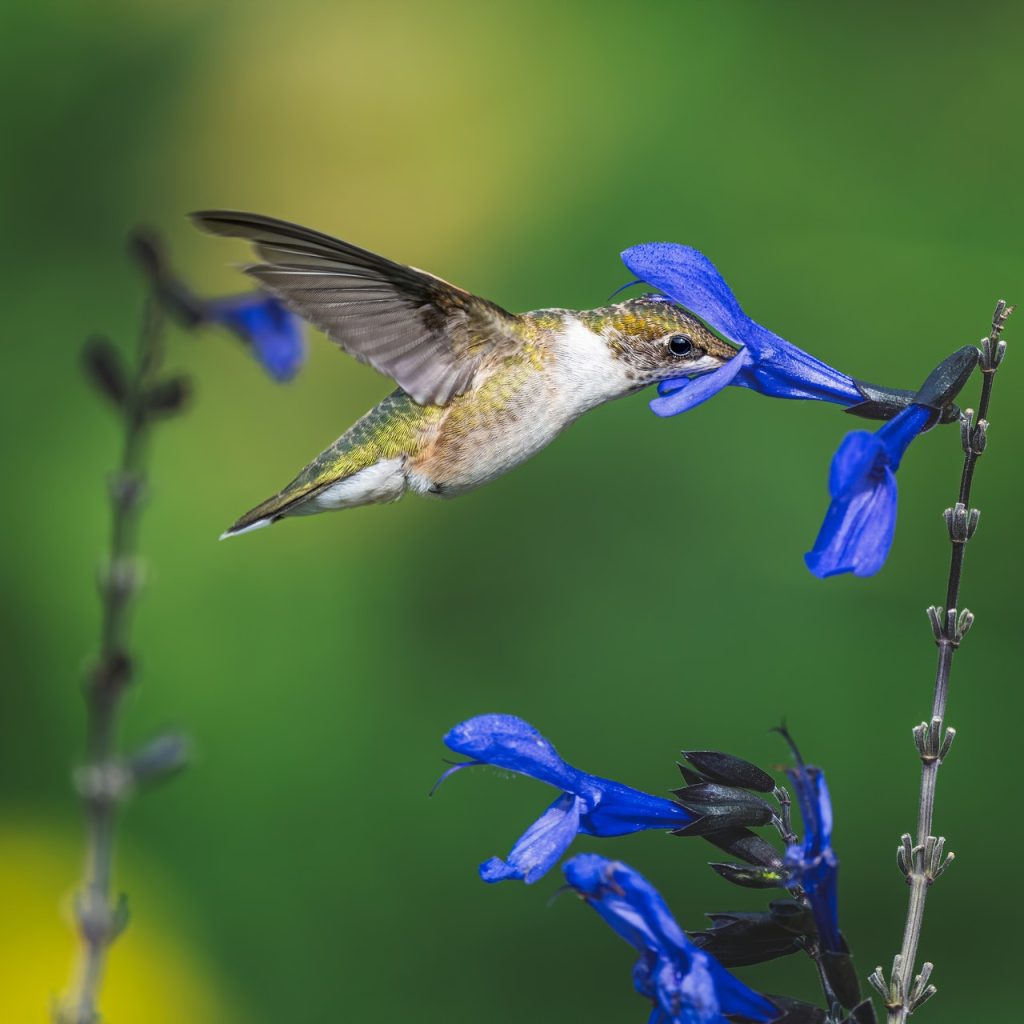
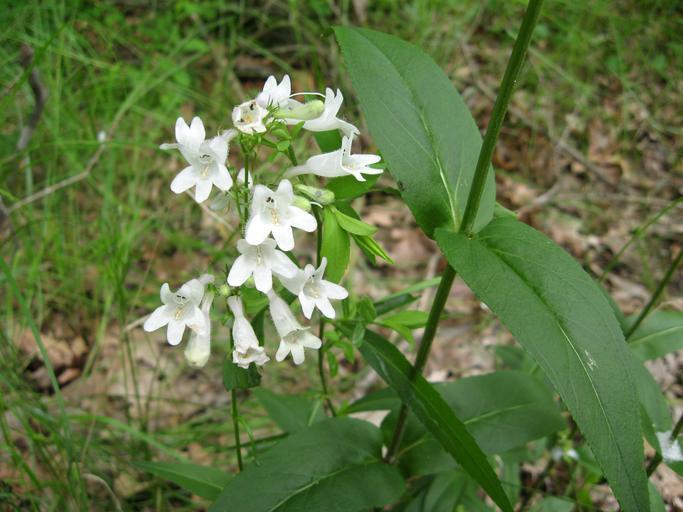
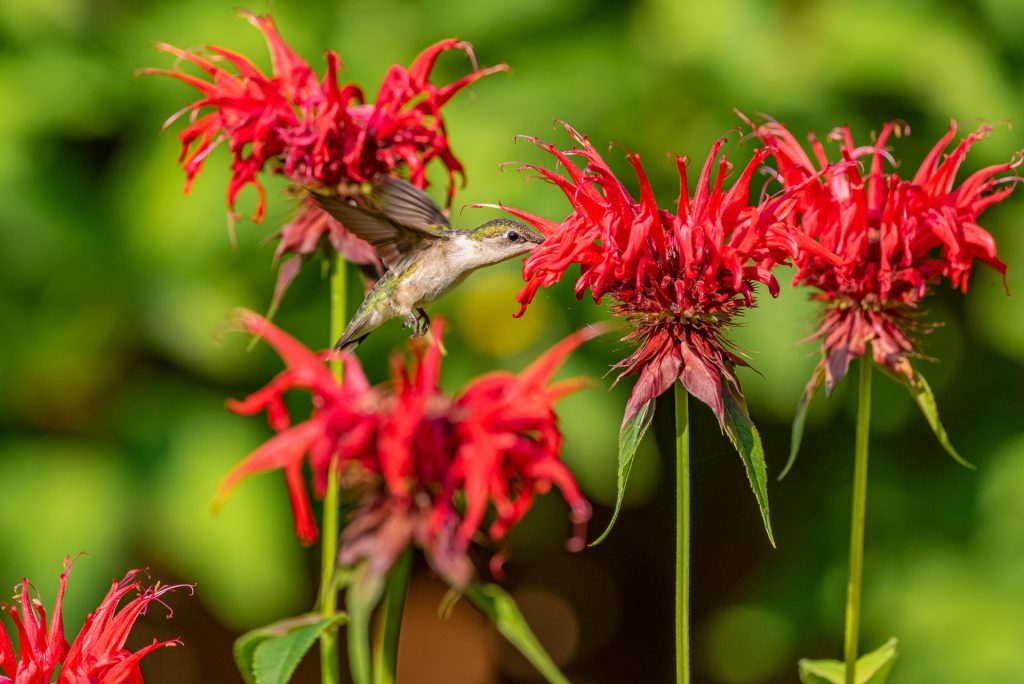

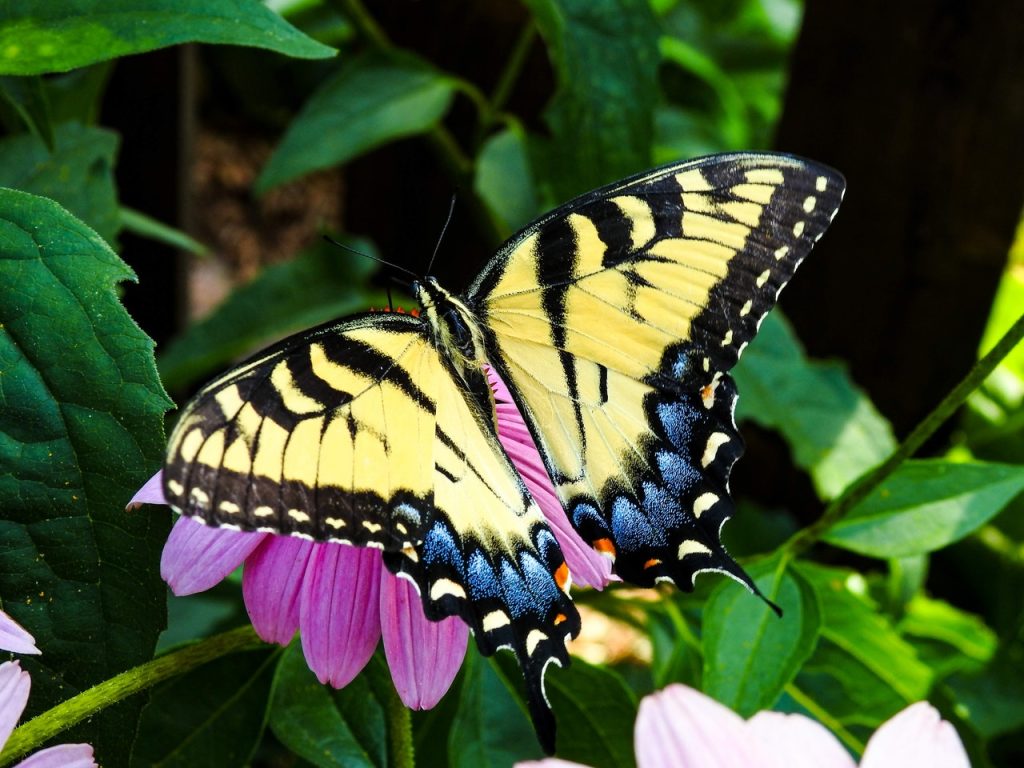
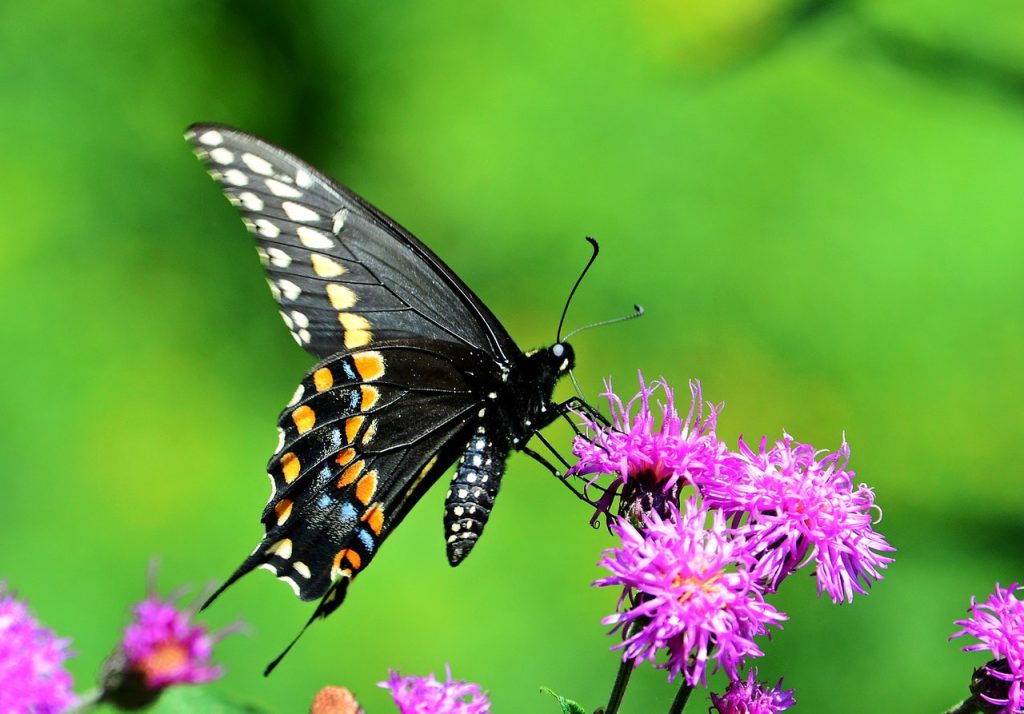
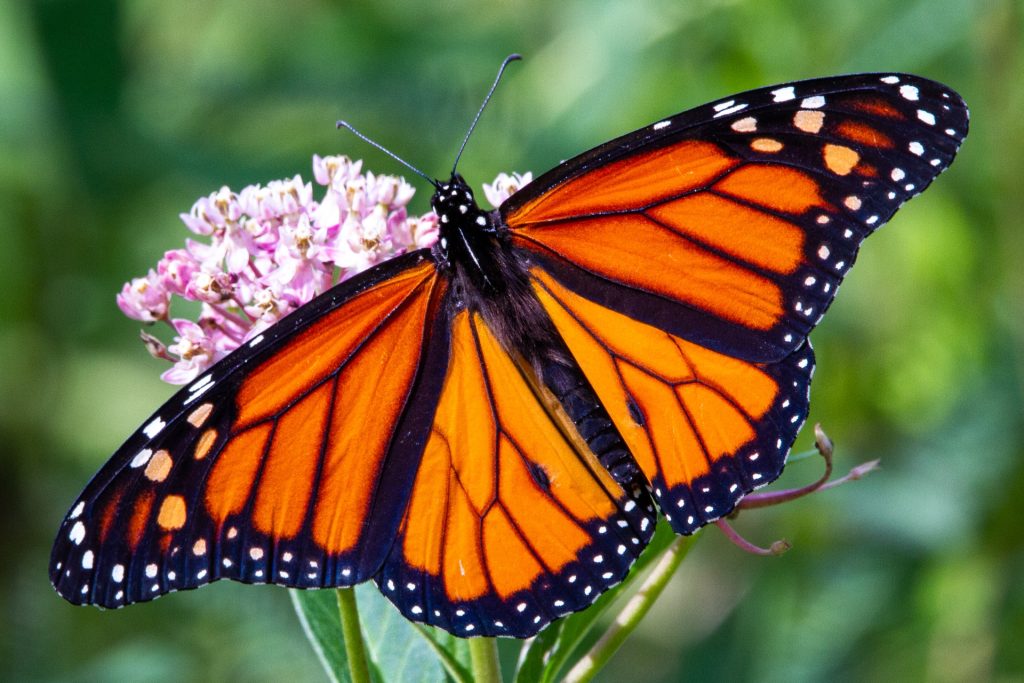

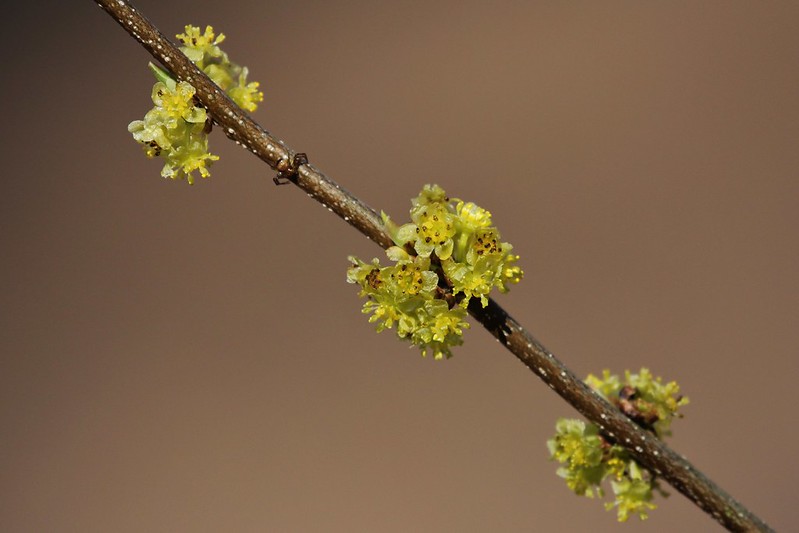
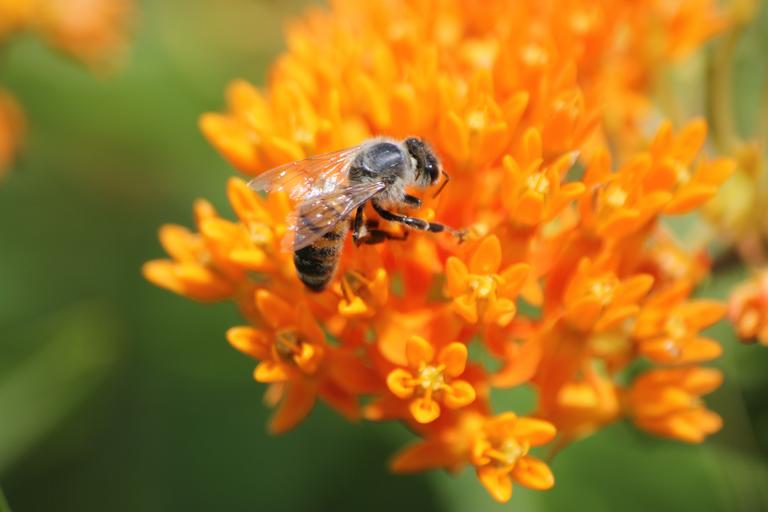
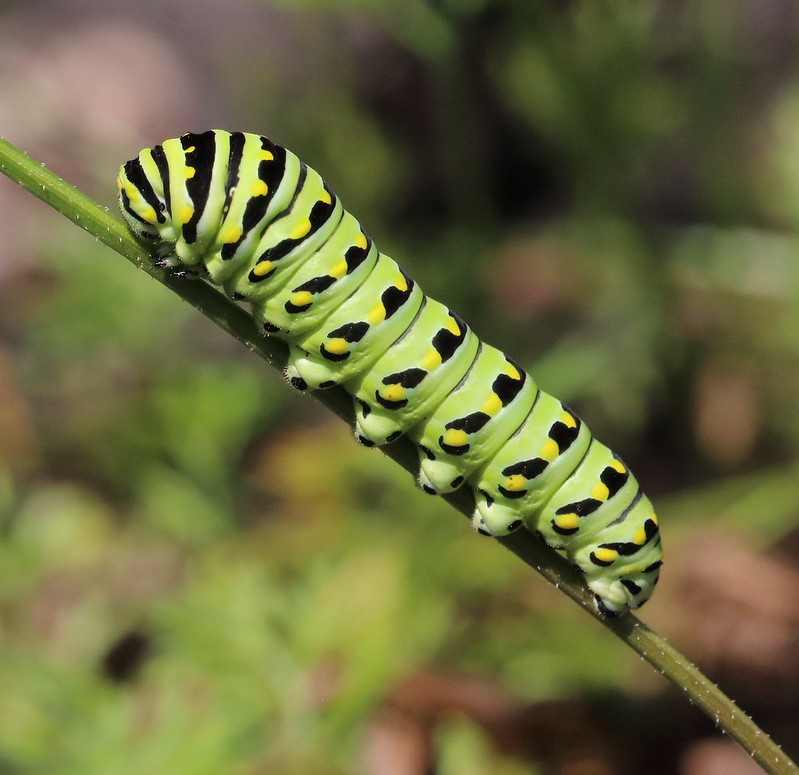
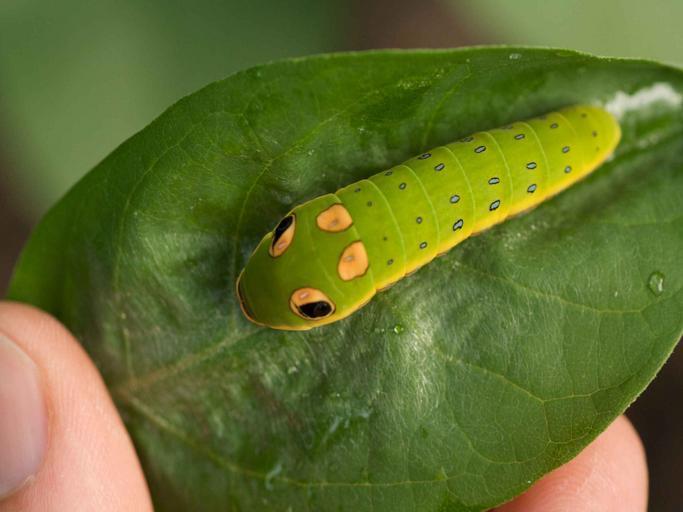
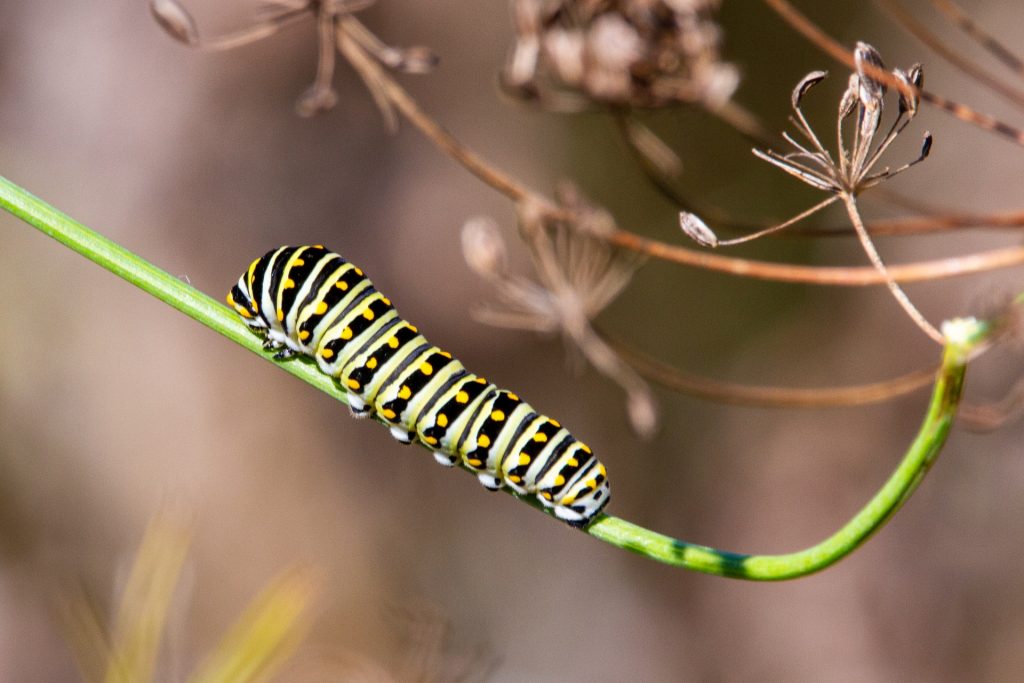
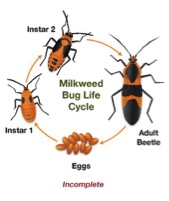
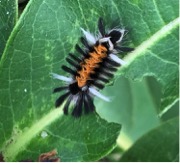
Leave a Reply